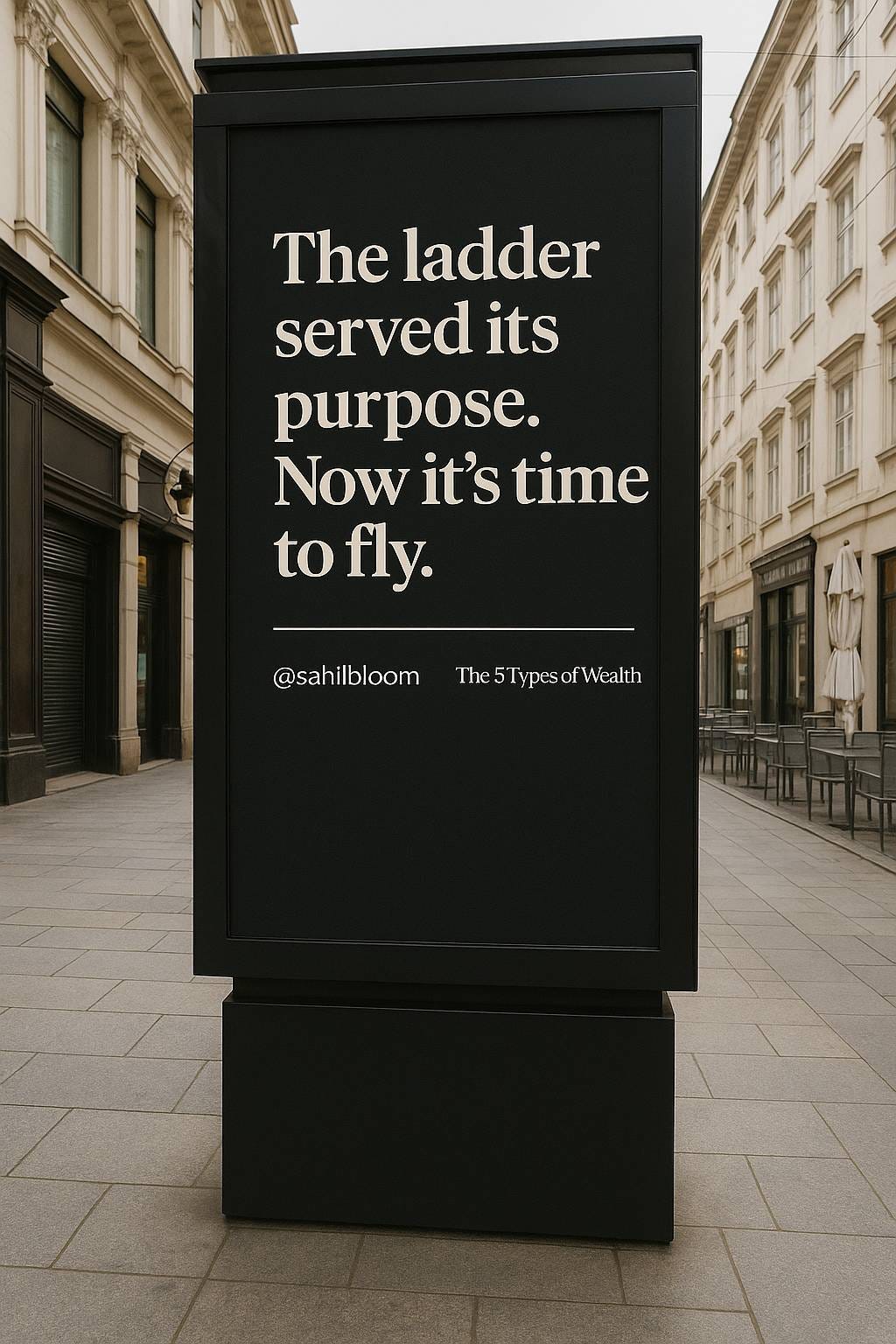read and listen on sahilbloom.com
read time 3 minutes
Welcome to The Curiosity Chronicle, a newsletter where I provide actionable ideas to help you build a high-performing, healthy, wealthy life.
Forwarded this email? Join 800,000+ readers here.
Apple CEO Tim Cook called my book "a powerful call to action to think deeply about what lights you up." You can get it today on a big sale!
The Paradox of Mastery
In 1921, an Austrian philosopher named Ludwig Wittgenstein concluded his Tractatus Logico-Philosophicus with the following passage:
“My propositions are elucidatory in this way: he who understands me finally recognizes them as senseless, when he has climbed out through them, on them, over them. (He must so to speak throw away the ladder, after he has climbed up on it.)”
In simple terms, Wittgenstein is arguing the following:
The philosophical statements he just laid out are only useful to get you to a certain level of understanding.
Once you achieve that level, you will realize those statements were a means to an end—and now that you’ve reached that end, you no longer need them.
Therefore, those statements should be discarded, like a ladder you’ve climbed and no longer need.
The concept—which became known as Wittgenstein’s Ladder—offers an important insight on the paradox of mastery in any domain:
The tools that help you grow at the beginning are the tools you’ll need to scrap to achieve a higher end.
This reminds me of the Shu-Ha-Ri model for mastery:
Shu (to obey): Learn to operate according to the rules.
Ha (to break): Begin to challenge and adapt the rules.
Ri (to transcend): Create new rules.
The first stage (Shu) is about learning the existing conventions.
The second stage (Ha) is about beginning to challenge those existing conventions. You are still using the existing rules, but manipulating them on the edges.
The third stage (Ri) is about complete separation from the existing conventions. You are creating your own conventions beyond the frontier of what was previously understood or possible.
You climb the ladder—then you throw it away.
This model has clear applications to our lives:
In entrepreneurship: Common business frameworks help at the beginning, but innovation requires new ones be constructed.
In creating: Templates work up to a point, but real trust is only built through unique authenticity.
In careers: You have an early reliance on advice, but excellence requires you to lean into your differences.
In personal growth: External mantras provide the base, but growth comes from internal work that no one else can guide.
So, climb the ladder—but don’t cling to it. Because at some point, the only way up is off.
The ladder served its purpose. Now it’s time to fly.




